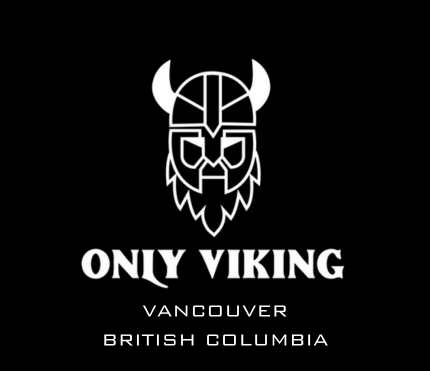1. Fehu (F): Wealth, Cattle
2. Uruz (U): Strength, Aurochs (wild ox)
3. Thurisaz (Th): Thorn, Giants
4. Ansuz (A): A god (usually Odin), Mouth
5. Raido (R): Ride, Journey
6. Kenaz (K): Torch
7. Gebo (G): Gift
8. Wunjo (W): Joy, Bliss
9. Hagalaz (H): Hail
10. Nauthiz (N): Need
11. Isa (I): Ice
12. Jera (J or Y): Year, Harvest
13. Eihwaz (EI or Y): Yew tree
14. Perthro (P): Dice cup, Mystery
15. Algiz (Z): Elk, Protection
16. Sowilo (S): Sun
17. Tiwaz (T): Tyr, the god of war
18. Berkana (B): Birch tree
19. Ehwaz (E): Horse
20. Mannaz (M): Man, Human
21. Laguz (L): Water, Lake
22. Ingwaz (NG): Fertility god, Freyr
23. Dagaz (D): Day
24. Othala (O)
 : Ancestral property
: Ancestral propertyIt's important to note that interpretations may vary, and the meanings listed here are generalizations. The runic alphabet evolved over time, and different runic systems were used in different regions. Additionally, the Vikings used runes for practical purposes, such as writing inscriptions on objects or creating magical symbols, rather than for extensive writing like we use the alphabet today.

